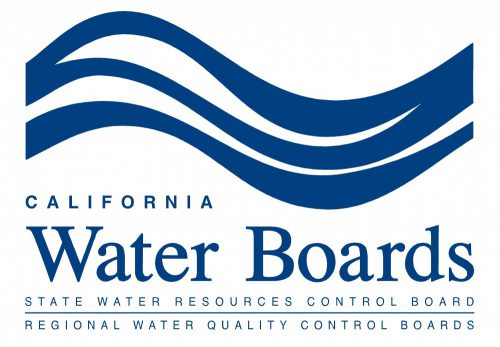State Water Board Action Threatens Jobs, Food Supply In a stunning move that could wreak havoc on California farms, the broader California economy and our food supply in a time of national crisis, the California State Water Resources Board is trying to use regulatory maneuvers to cut this year’s water supply to California farms. In […]
STATEMENT: Voluntary Agreement on Water Represents the Future and Deserves Prop 68 Funding
STATEMENT: Voluntary Agreement on Water Represents the Future and Deserves Prop 68 Funding By Mike Wade, Executive Director California Farm Water Coalition California has always prided itself on cutting-edge ideas. It is the place others turn to for new solutions to old problems. We are currently faced with a choice to continue that tradition of innovation […]
Countdown: 1 Day to Drought
Countdown: 1 Day to Drought On Wednesday, the State Water Board will vote to remove enough water from the system to irrigate over 200,000 acres of farmland or meet the domestic needs of 2 million people every year. If approved, this action will lead to one of the most predictable droughts California has ever faced. […]
Countdown: 2 Days to Drought
Countdown: 2 Days to Drought On Wednesday, the State Water Board will vote to remove enough water from the system to irrigate over 200,000 acres of farmland or meet the annual domestic needs of 2 million people every year. If approved, this action will lead to one of the most preventable droughts California has faced. How […]
Countdown: 3 Days to Drought
Countdown: 3 Days to Drought On Wednesday, the State Water Board will vote to redirect enough water in the system to irrigate over 200,000 acres of farmland or meet the annual domestic needs of 2 million people every year. If approved, this action will lead to one of the most preventable droughts California has ever faced. […]
Countdown: 4 Days to Drought
Countdown: 4 Days to Drought On Wednesday, the State Water Board will vote to redirect enough water in the system to irrigate over 200,000 acres of farmland or meet the annual domestic needs of 2 million people every year. If approved, this action will lead to one of the most preventable droughts California has ever faced. Who […]
6 Things You Should Know About the Recent Presidential Order Streamlining Water Delivery
6 Things You Should Know About the Recent Presidential Order Streamlining Water Delivery On Friday, October 19, President Trump signed an order streamlining the federal process that governs much of California’s water-delivery system. While this is definitely great news for California farmers, it’s also good news for all California water users. Let’s look at a […]
A Compromise Plan is Achievable if All Sides Come to the Table
A Compromise Plan is Achievable if All Sides Come to the Table There are a lot of discussions about what isn’t working for wildlife in California’s waterways? So what COULD work? Improving outcomes for fish species while protecting communities is possible when everyone comes together in good faith to find solutions. Local communities have made […]
Broad Coalitions Unite for Water Quality Plan Process
Hundreds of Californians concerned about the state water board’s Bay-Delta Water Quality Plan assembled Monday in Sacramento to ensure their voices were heard. Coming together from throughout the state, and bridging the political spectrum, they were united by their conviction that the State Water Resources Control Board’s plan is a bad deal for California. While […]
Salmon need help in California, but what kind?
Salmon need help in California, but what kind? Salmon need help in California. Unfortunately, L.A. Times opinion writer, Michael Hiltzik, isn’t doing them any favors by furthering the notion that more water in the Delta’s sterile waterways is the solution. Hiltzik completely ignores the economic consequences that have devastated San Joaquin Valley farms, farmworkers, and […]
